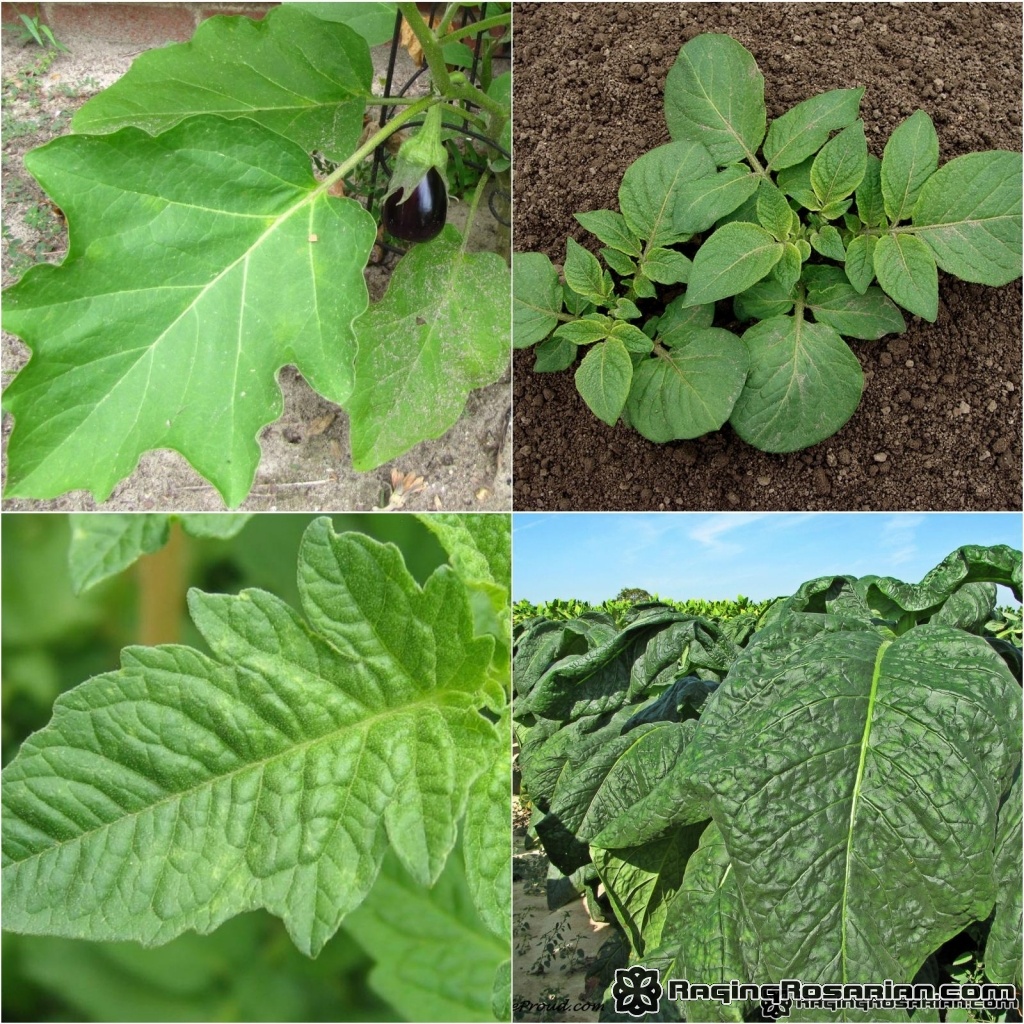I love evolution and phylogeny.
With animals, you can see how similar traits were adapted over time given different environmental pressures or happenstances. Now that we know T-rex was feathered and mitochondrial DNA has suggested its closest living relatives include the common chicken, that trip to KFC has new meaning.
With plants, it’s especially interesting because closely related groups often, as with animmals, retain the genes responsible for the production of certain chemicals. This is the reason many roses have scents with fruity undertones — just examine the leaflets of a rose and compare with those of a blackberry, and you’ll see how close these cousins really are. This is also why rose hips are so high in Vitamin C.
And again for the same reasons, it turns out that eggplant, potato, tomato, and tobacco plants all produce nicotine. The concentrations vary between them, of course, but the genes are all there, doing their part.

Interestingly, this family trait likely evolved as a response to predation. It happens that nicotene is highly toxic to insects (at least those that haven’t evolved a countermeasure). So we can speculate with some assurance that an ancestor of the entire family happened to fare a bit better, perhaps initially by becoming a bit less tasty or provoking a case of nasty IBS in some caterpillar.
After tobacco, eggplant contains the next highest concentration of nicotine, carried mostly in its seeds. the amount is vastly lower, but if one happened to eat 10-20lbs of it in a sitting (through whatever eccentricity), the amount of nicotine might become significant.
While no one is about to smoke some tomato leaves, I still find this fascinating.
